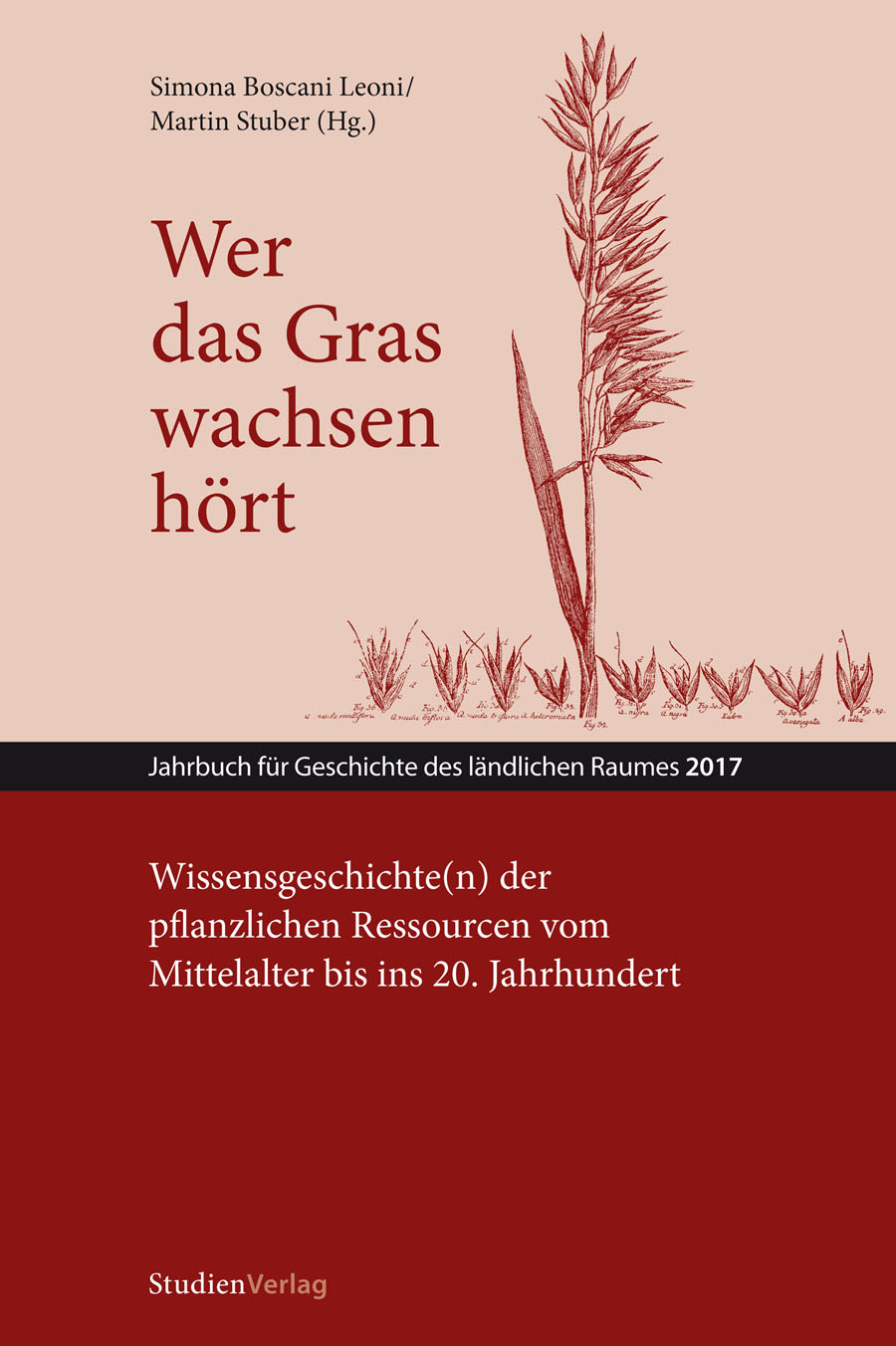Die Debatte um den Torfabbau im 18. Jahrhundert
Die Gebrüder Scheuchzer zwischen Johannes von Muralt und Johann I. Bernoulli
DOI:
https://doi.org/10.25365/rhy-2017-5Abstract
The article’s focus is the knowledge transfer about peat and the debate about its use as source of energy in 18th-century Switzerland. The use of peat as an alternative source of energy when wood became scarce was already known at the beginning of the 1st century A.D. as can be seen in Pliny the Elder’s (23/24–79) Naturalis Historia. Thanks to the works of Martin Schoock (1614–1669) and Charles Patin (1633–1693), the knowledge and know-how about this source of energy circulated in Europe and was noticed also in Switzerland. At the beginning of the 18th century, the city of Zurich had to deal with a shortage of wood because of the ban on exports by the bordering region of Schwyz and was searching for new sources of energy. The council of the city decided to create an expert committee with the objective to detect peat’s deposits within the city’s territory. Members of this committee were politicians and well-known naturalists like Johann Jakob Scheuchzer (1672–1733) and his brother Johannes (1684–1738), who were very active in this enterprise.
The article deals with the role of these naturalists as brokers between politics, science and commercial interests, and with their role in the diffusion of knowledge about peat in Switzerland. Their correspondence with the mathematician and university professor Johann I. Bernoulli (1667–1748) offers a good example of knowledge transfer about alternative sources of energy before the industrial revolution.


